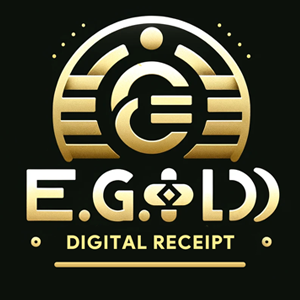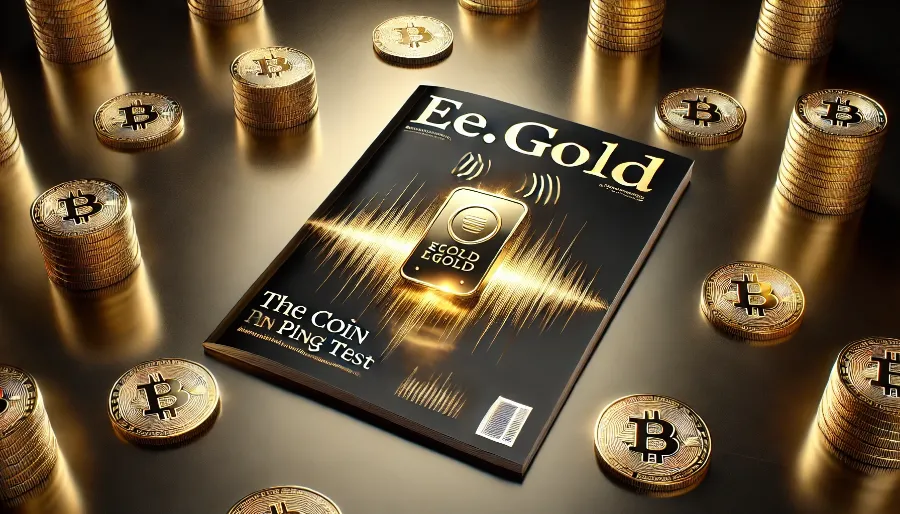
The coin ping test is a quick and effective method to verify the authenticity of gold coins. This test relies on the unique sound, or "ping," produced when a genuine gold coin is struck. Authentic gold coins produce a clear, distinct ring that is hard to replicate with counterfeit materials.
Why Use the Coin Ping Test?
The ping test is one of the easiest ways to assess whether a coin is made of real gold or another material. It requires no specialized equipment and can be performed almost anywhere. While it’s not foolproof, it is a helpful preliminary step before conducting more advanced testing methods.
How to Perform the Coin Ping Test
Here’s a simple step-by-step guide:
- Hold the Coin: Place the gold coin on the tip of your finger or balance it on the edge of another solid surface.
- Strike the Coin Gently: Use another object, such as a plastic pen or another coin, to lightly tap the gold coin. Ensure the strike is gentle to avoid damaging the coin.
- Listen to the Sound: A genuine gold coin will emit a long, clear, and high-pitched ringing sound, often described as a “ping.” Counterfeit coins or those made from base metals will produce a dull or muted sound.
- Compare with a Verified Coin: If possible, compare the sound of your coin with a similar coin known to be authentic. This can help you better distinguish the genuine sound.
Advanced Tools for the Coin Ping Test
For those seeking more precision, apps and devices can enhance the ping test:
- Ping Test Apps: Smartphone apps like "Bullion Test" allow you to record and analyze the sound of your coin. These apps compare the coin’s sound profile to a database of verified coins.
- Coin Testing Machines: Professional tools like the Precious Coin Tester offer advanced acoustic testing for authenticity.
Factors That May Affect the Ping Test
- Coin Condition: Worn or damaged coins may produce an altered sound.
- Composition Variations: Some gold coins include alloyed metals for durability, which may slightly impact the sound.
- Environmental Noise: Perform the test in a quiet environment for the best results.
Limitations of the Coin Ping Test
While the ping test is a convenient first step, it’s not a definitive test for gold authenticity. Counterfeit coins with similar densities and compositions may still produce a convincing sound. Always follow up with other verification methods, such as weight, dimensions, and professional testing services.
When to Use the Coin Ping Test
- Initial Inspection: Use the ping test as a quick screening method when purchasing or receiving gold coins.
- Routine Checks: Regularly test your coins to ensure they remain in good condition and haven’t been tampered with.
Complementary Methods to Verify Gold Coins
The coin ping test is a great starting point, but combining it with other methods can provide a more comprehensive assessment of your coin's authenticity. Below are additional ways to verify your gold coins:
1. Weight and Dimensions Test
Authentic gold coins are minted to exact weight and dimension specifications. Use a precision scale to measure the coin’s weight and a caliper to verify its diameter and thickness. Compare the results with official specifications provided by the mint.
2. Magnet Test
Gold is non-magnetic, so it will not react to a magnet. Gently bring a strong magnet close to your coin. If the coin is attracted to the magnet, it may contain ferrous metals and is likely not pure gold.
3. Acid Test
An acid test involves applying a small drop of testing acid to the coin to determine its purity. While accurate, this method may cause minor surface damage and is best used on lower-value coins or when no other options are available.
4. Ultrasound Testing
Advanced ultrasound devices measure the density and internal structure of gold coins. This method is non-invasive and highly reliable, often used by professionals for high-value coins.
5. X-Ray Fluorescence (XRF)
XRF testing uses advanced technology to analyze the elemental composition of the coin. This method is precise, non-destructive, and ideal for confirming purity and alloy content.
6. Professional Verification
For ultimate confidence, consider having your gold coins evaluated by a certified precious metal dealer or numismatist. They use advanced tools and expertise to authenticate coins without risk of damage.
Common Counterfeit Tactics and How to Spot Them
Counterfeit coins are increasingly sophisticated. Being aware of common tricks can help you avoid falling victim to fakes:
- Plated Coins: Thin layers of gold are electroplated onto base metals. These can pass visual inspections but fail weight, sound, or density tests.
- Filled Coins: Genuine gold coins are hollowed out and filled with less expensive metals. This is detectable through weight and density analysis.
- Replica Coins: Often sold as “collector’s items,” these may be legal but are not investment-grade gold. Check for hallmarks, mint markings, and authenticity certificates.
When to Seek Professional Help
If your coin fails the ping test or other initial inspections, don’t jump to conclusions. Seek assistance from a trusted professional who can perform more sophisticated testing methods. Certified dealers, numismatic societies, and precious metal exchange platforms are excellent resources.
Ensuring Authenticity When Buying Gold Coins
Avoid the need for extensive testing by taking precautions during the purchase process:
- Buy from Reputable Dealers: Purchase coins from certified mints, authorized dealers, or platforms like EE.GOLD that guarantee authenticity.
- Request Documentation: Ensure the coin comes with a certificate of authenticity and, if possible, a matching serial number.
- Inspect the Packaging: Original mint packaging often includes tamper-proof seals and holographic features.
Advantages of Regular Testing
For gold coin collectors and investors, periodic testing ensures the integrity of your holdings. Over time, coins may exchange hands or face environmental factors that impact their authenticity or condition. Regular checks help:
- Detect potential tampering.
- Preserve resale value.
- Build confidence in your collection’s quality.
Tools to Simplify Coin Testing
Investing in tools for at-home testing can save time and money. Consider these popular options:
- Digital Scales: Measure weight with precision to the nearest 0.01g.
- Calipers: Verify dimensions with a tool designed for precision measurement.
- Gold Testing Kits: Include acids, testing stones, and instructions for purity verification.
- Magnetic Testing Pens: Portable devices that detect magnetic properties in metals.
Incorporating the Ping Test into Your Routine
For coin collectors and investors, the ping test should be part of your routine checks. Pair it with other non-invasive methods, such as weight and visual inspections, to maintain your collection’s integrity. If you handle large volumes of coins, investing in professional-grade testing tools will streamline the process.
FAQs About the Coin Ping Test
What is the coin ping test?
The coin ping test is a simple method to check the authenticity of gold coins by listening to the distinct ringing sound they produce when struck.Why is the ping test used to verify gold coins?
Gold has unique acoustic properties that produce a clear and sustained ring when struck. Counterfeit coins often produce dull or muted sounds.How do I perform the coin ping test?
Place the coin on your fingertip or a flat surface and gently tap it with another object, such as a plastic pen or another coin. Listen for the ringing sound.What does a genuine gold coin sound like?
An authentic gold coin emits a long, clear, and high-pitched ringing sound. The tone is consistent and sustained compared to fake coins.Can counterfeit coins pass the ping test?
Some high-quality counterfeits can mimic the sound of genuine coins. Therefore, the ping test should be combined with other verification methods for accuracy.Do I need any tools for the ping test?
No specialized tools are required for a basic ping test, but apps like "Bullion Test" can analyze the sound for greater precision.Does the condition of the coin affect the ping test?
Yes, damaged or heavily worn coins may produce an altered sound, which might make the test less reliable.Is the ping test reliable for all types of gold coins?
The ping test works best for coins with high gold purity (e.g., 99.99%). Coins with significant alloy content may have a slightly different tone.What other tests can I combine with the ping test?
Pair the ping test with weight measurements, magnet testing, dimension checks, or professional authentication for comprehensive verification.Can I use the ping test on other precious metals?
Yes, silver coins also produce a distinctive sound when struck, but the tone will differ from gold due to variations in density and material properties.What should I do if my coin fails the ping test?
If a coin fails the ping test, perform additional verification methods or consult a professional to confirm its authenticity.Are there apps to help with the coin ping test?
Yes, apps like "Bullion Test" or "Coin Ping Tester" use your smartphone’s microphone to analyze the sound and compare it with verified profiles.Does the ping test damage the coin?
When performed gently, the ping test does not harm the coin. Use light taps to avoid scratching or denting the surface.Can I use the ping test for modern and antique coins?
Yes, but keep in mind that older coins may have wear and tear that could slightly affect the sound.Where can I learn more about gold coin authentication?
Platforms like EE.GOLD offer expert resources, tools, and guides to help you authenticate and invest in gold coins confidently.
These FAQs address common questions about the coin ping test, making it easier for you to use this method effectively and understand its role in verifying gold coins.
Summary
The coin ping test is a simple yet effective way to begin verifying the authenticity of your gold coins. When combined with other methods like weight measurement, magnet testing, and professional evaluations, it provides a robust approach to protecting your investment.
Whether you’re a casual collector or a serious investor, safeguarding your gold coins ensures peace of mind and preserves their value. Platforms like EE.GOLD make buying authentic coins straightforward and reliable, giving you confidence from the start.
Stay vigilant, use these methods regularly, and enjoy the timeless value of owning gold coins.
NOTE
This Content is the copyrighted content of EE.GOLD. All rights are reserved. You are welcome to share or use our content only by including direct links to our website. Any other form of reproduction, distribution, or use without proper attribution is strictly prohibited.
This Content is intended solely for educational purposes. The information provided does not constitute financial or investment advice.
Please note that Digital Storage Receipt, Secure Storage Solutions, and Physical Gold Sales are the only services offered by EE.GOLD.
We strictly adhere to government regulations and are firmly against all illegal financial or investment activities globally.
For further inquiries, feel free to contact us through our official channels.

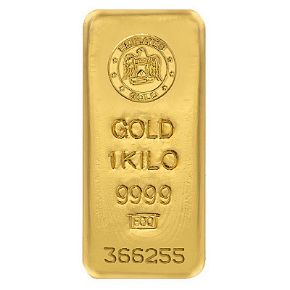
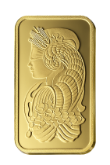



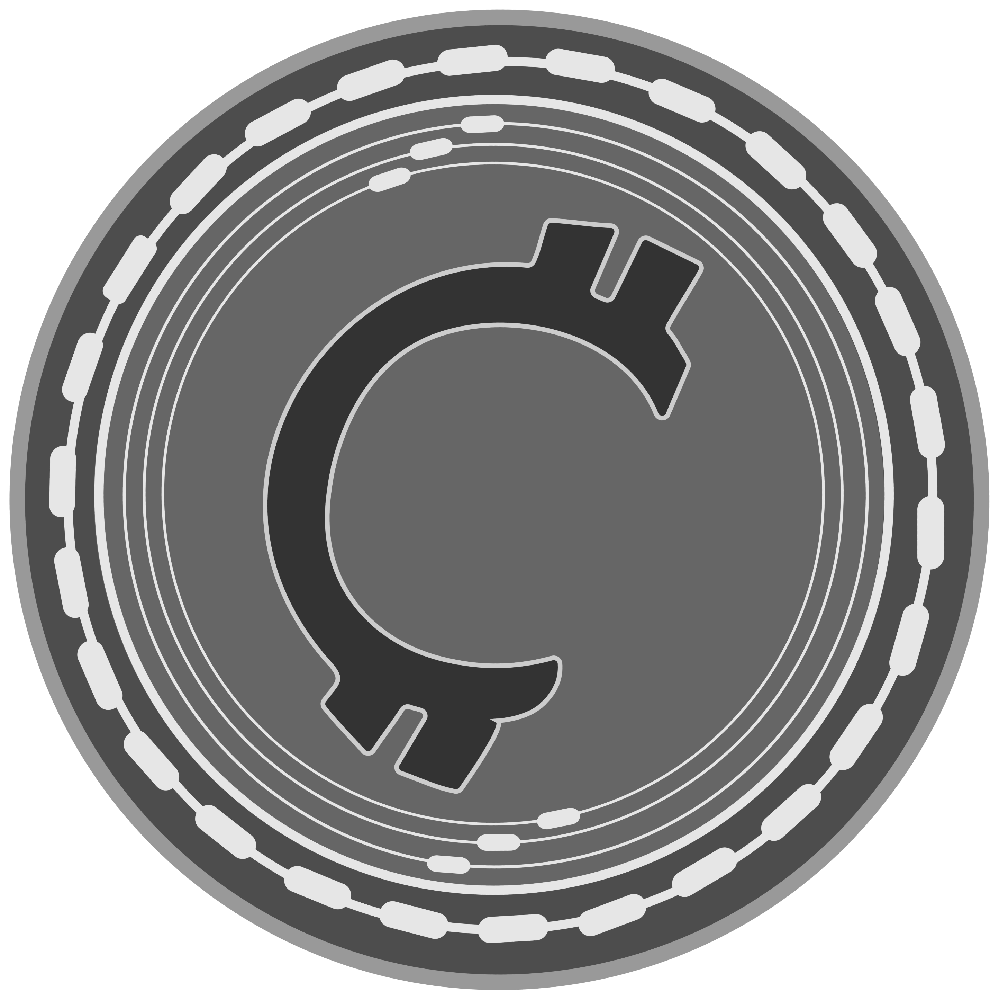

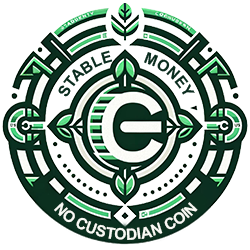

.png)

